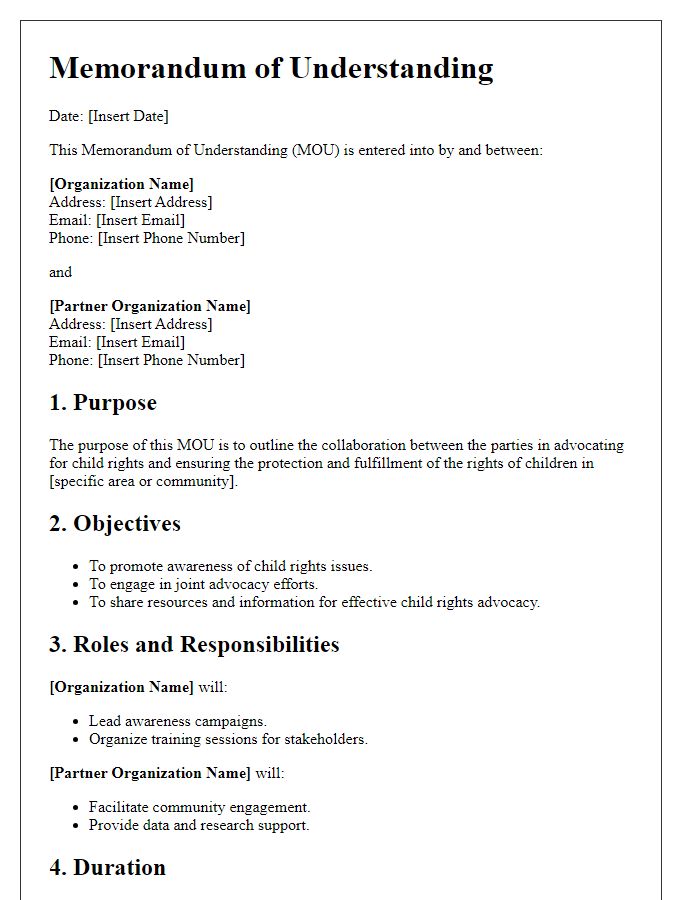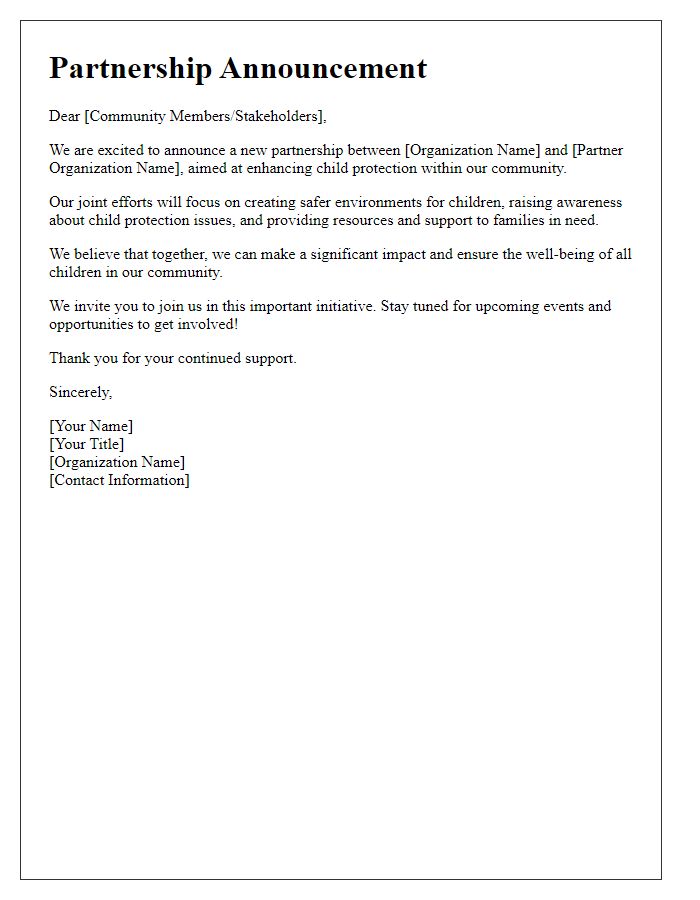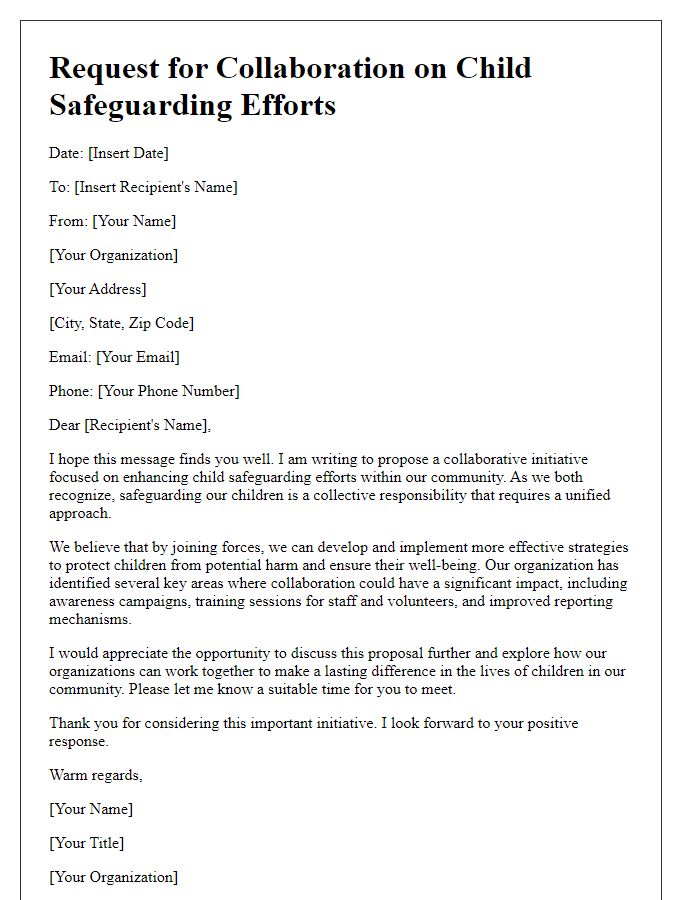In today's world, the well-being of children has become a pressing concern that requires our collective efforts. Collaborating with NGOs specializing in child protection is not just a responsibility; it's an opportunity to make a significant impact in the lives of vulnerable children. By uniting our resources, knowledge, and passion, we can create safer environments and foster a brighter future for them. Join us as we explore the ways we can work together to enhance child safety and well-beingâread on to discover more!

Clear mission statement
The collaboration between non-governmental organizations (NGOs) in child protection seeks to create a safe environment for children globally. This mission emphasizes safeguarding children's rights (as outlined in the United Nations Convention on the Rights of the Child) and promoting their well-being. Strategies focus on addressing issues such as child labor (estimated at 160 million globally), child trafficking, and exploitation. Through collective efforts, the aim is to strengthen community awareness, enhance educational opportunities, and provide support systems for vulnerable children (especially in conflict zones like Syria and Yemen). Involving local stakeholders, policymakers, and law enforcement will create a comprehensive approach to sustainable child protection initiatives.
Project objectives and goals
The NGO child protection collaboration focuses on safeguarding the rights and welfare of vulnerable children, particularly in areas affected by conflict and poverty. The primary objective is to establish comprehensive protective mechanisms across various communities, emphasizing prevention, intervention, and rehabilitation. Key goals include creating awareness programs for 10,000 children and caregivers, ensuring access to education in safe environments, and providing mental health support through partnerships with local health organizations. Additional initiatives aim to enhance legal frameworks to protect children's rights and promote responsible advocacy, with targeted training sessions for community leaders and stakeholders. Data collection efforts will track progress and measure the impact of implemented programs, strengthening the overall child protection system within the region.
Detailed collaboration framework
A detailed collaboration framework for child protection NGOs emphasizes strategic partnerships, joint initiatives, and shared resources. Key stakeholders include local organizations such as Save the Children, UNICEF, and community-based entities actively engaging in child safety programs. Collaboration may involve specific events like workshops and training sessions, targeting a minimum of 200 participants comprised of child protection professionals, educators, and law enforcement officials annually. Shared resources include access to educational materials, professional development opportunities, and financial support from grants averaging $50,000 per project. By establishing clear communication channels, regular evaluations, and setting milestones, the collaboration aims to enhance the protective environment for vulnerable children across multiple regions, ultimately contributing to the United Nations Sustainable Development Goals, specifically Goal 16 regarding promoting peaceful and inclusive societies.
Specific points of contact
Child protection initiatives require robust collaboration among various stakeholders. Key NGOs such as Save the Children and UNICEF work in accordance with specific guidelines outlined by the United Nations Convention on the Rights of the Child (UNCRC). Specific points of contact include Child Protection Officers in regional offices, who coordinate efforts on the ground. Local community leaders serve as vital liaisons, providing insights into cultural nuances and community needs. Partnership with governmental bodies, such as the Child Welfare Department, enhances resource allocation. Regular meetings held quarterly in designated locations promote communication among partners, ensuring alignment of objectives. Resources such as training workshops and community awareness programs foster engagement and knowledge-sharing, strengthening child protection frameworks.
Commitment to shared values and ethical guidelines
Child protection organizations play a vital role in ensuring the safety and well-being of vulnerable children across various communities. Collaboration between these organizations fosters an environment where shared values, such as respect, integrity, and transparency, enhance effective strategies for safeguarding children. By adhering to ethical guidelines established by frameworks like the United Nations Convention on the Rights of the Child, organizations can create a unified approach to addressing issues such as abuse, neglect, and exploitation. Moreover, establishing clear communication channels during collaborative efforts ensures that all stakeholders remain informed about policies and practices designed to protect children's rights and welfare, fostering an atmosphere of trust and accountability.
Letter Template For Ngo Child Protection Collaboration Samples
Letter template of partnership proposal for child protection initiatives.

Letter template of memorandum of understanding for child rights advocacy.

Letter template of alliance formation for safeguarding vulnerable children.

Letter template of partnership announcement for community child protection.










Comments